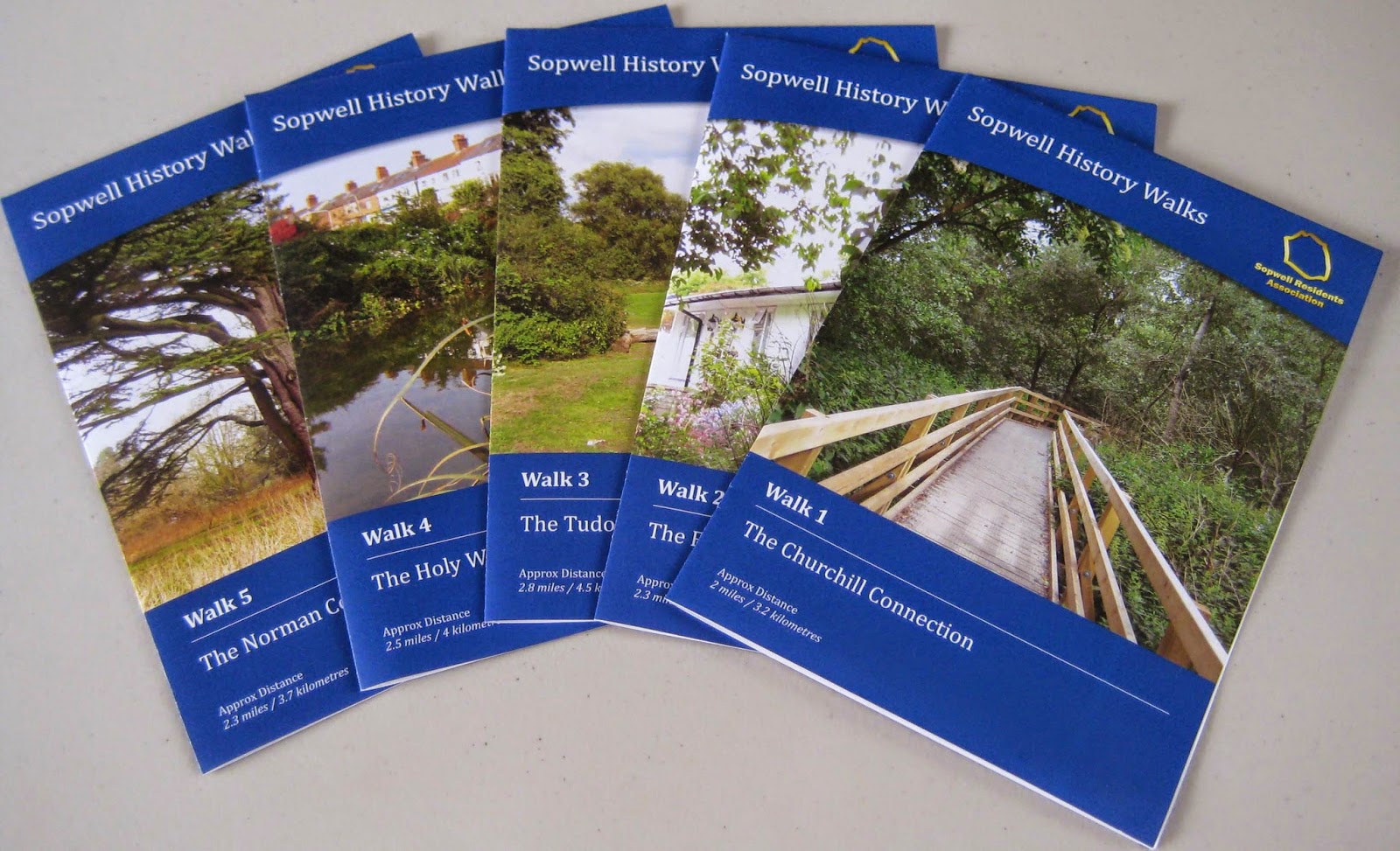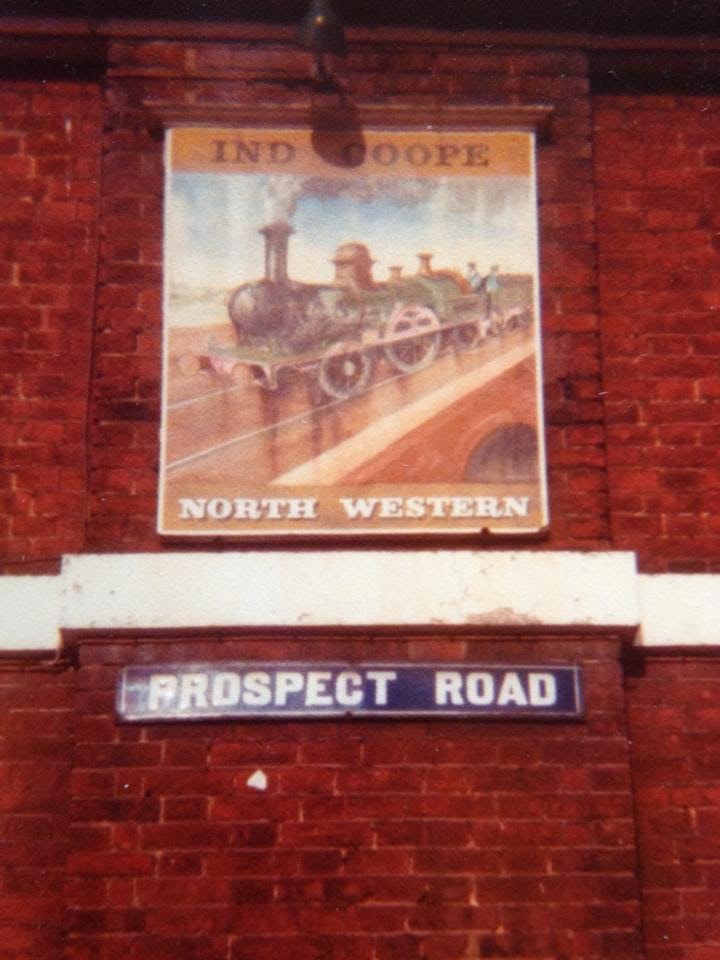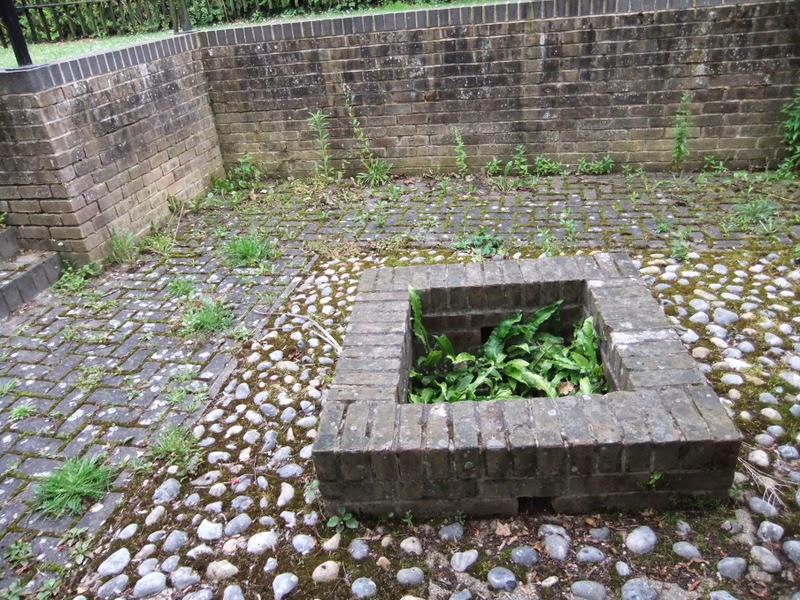I hope you will agree that we have done what we set out to do and produced a wonderful website at www.sopwellmemories.org.uk – something Sopwell should be proud of!
On our journey, we have interviewed many lovely people about their memories and transcribed the recordings; we have edited these and posted them on the website; and we have collected many more images and maps of the area and added these.
If you still haven’t seen how we did all this, then you have two days left in which to visit our exhibition at the Museum of St Albans in Hatfield Road. We are obliged to take it down on 1st of September.
As our final gift to you, and courtesy of the HLF again, we, that is the Sopwell Residents Association, have published a set of five Sopwell History Walks leaflets to encourage visitors to explore Sopwell and learn a little about its history.
Many of you will be aware that, each year, we organise a walk around our area. These popular walks, which explore our history and green spaces, started several years ago, and there has always been a lot of interest in them. So, in our request for a grant from the Heritage Lottery Fund for the Sopwell Memories project, we asked for some money to print walk leaflets. And these are the result!
The five short and fairly easy circular walks were beautifully produced by Diverse Print and Design, the company who also did our book Sopwell: a history and collection of memories. And our own Barry Bateman has drawn by hand a beautiful map in each, so you shouldn't get lost.
The leaflets are free and available from the Museum of St Albans and from the Tourist Information Centre in the old Town Hall. Pick one or two up when you are passing!
In addition, you can view/download them in PDF format from the Sopwell Memories website.
As I said before, it may be the end of the project, but we will still be collecting memories to add to the website, so if you want to take part and tell us your story, please get in touch.
--
Sandy Norman











